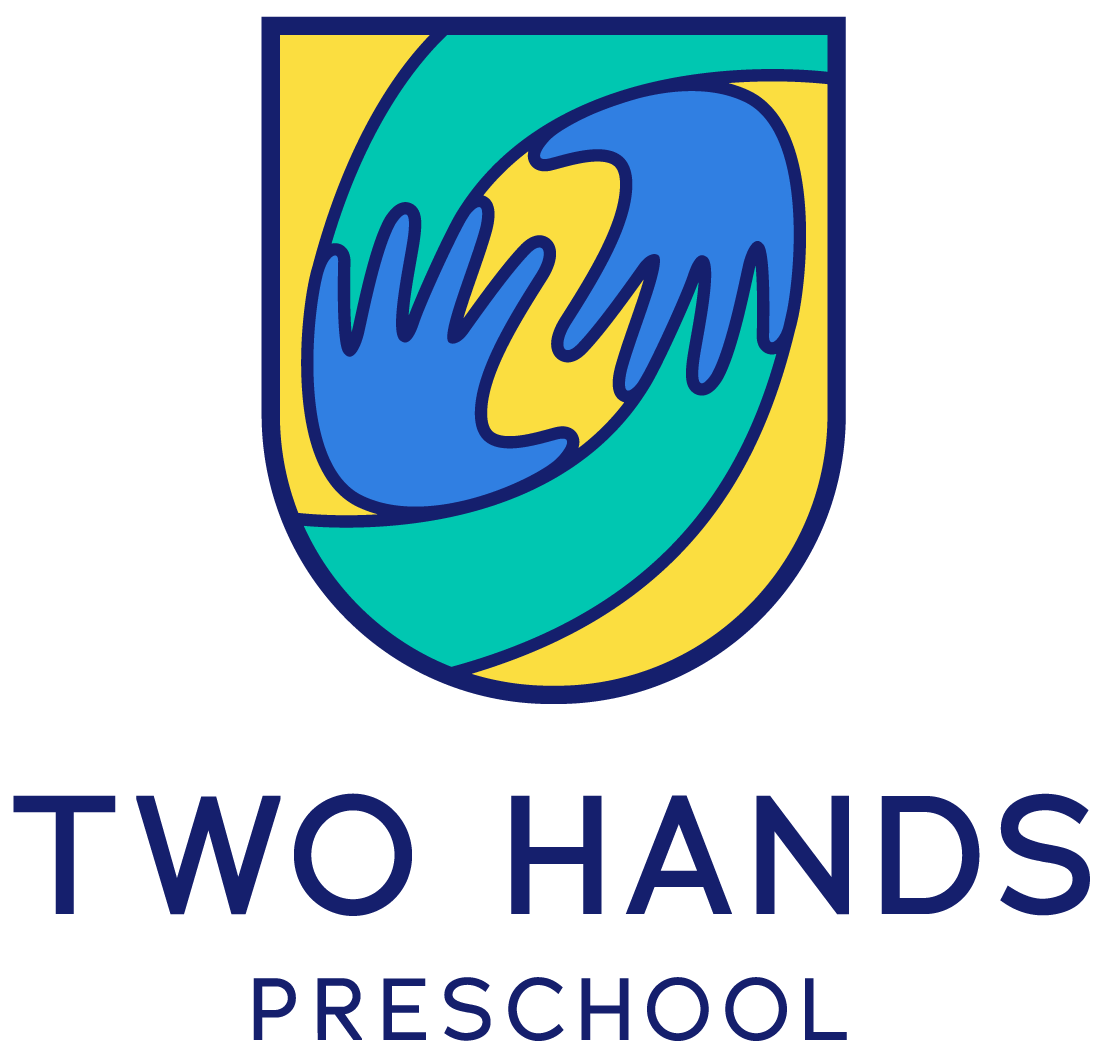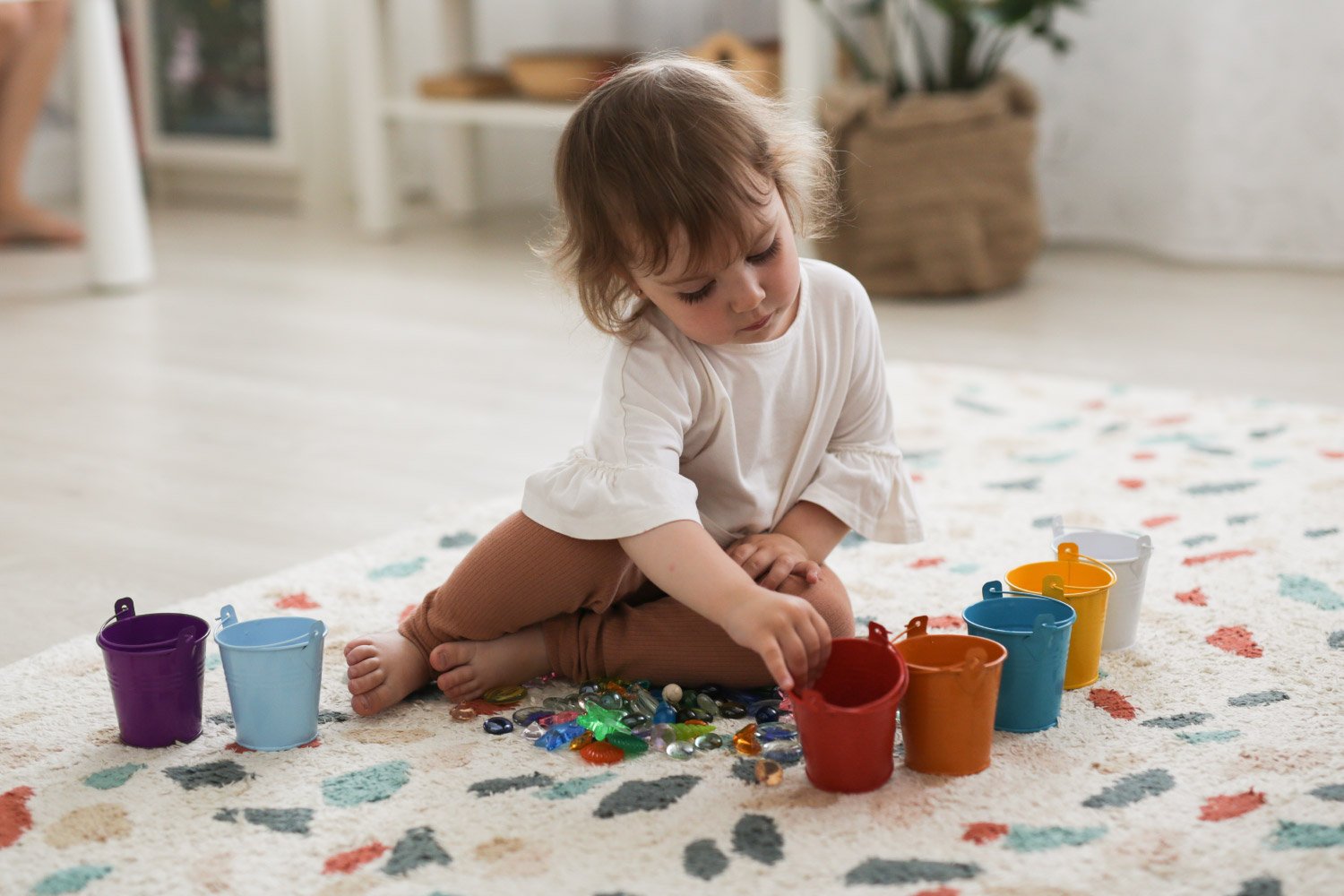Independent play: A little bit of Montessori in your home can make a big difference
The benefits of independent play at home for parents do not need extolling. Your child being totally absorbed with their own play allows you to finish off some work, get dinner on the table, tackle some life admin or just catch a break. The good news is that independent play is also good for your child, so you don’t need to feel guilty that you aren’t engaging with your child at every opportunity. The even better news is that there are some Montessori principles that can be applied in any home, on any budget, to foster your child’s ability to play independently.
Self-directed play, another word for independent play, encourages babies, toddlers and preschoolers to be independent thinkers and learners. It builds confidence and self-esteem, motivation and perseverance, self-reliance and creativity. It can also serve as play therapy since our children instinctively know what they need to work on - or work through.
Some children seem to have a greater propensity to play on their own. My 1-year-old son can usually absorb himself in uninterrupted play until a greater need takes over, such as hunger or sleep! By contrast, my 4-year-old daughter has always preferred playing together and any time she sensed that I desperately needed her to play on her own, things have gone badly wrong (for me!). Unfortunately, independent play can’t be forced. But it can be encouraged.
One option is to start off together and then withdraw. Your child is more likely to play independently if they already feel connected to you. You can then continue this connection by giving verbal responses or acknowledgements that show your child you are still present, whilst resisting the urge to get further drawn into their play. It can also help to offer your child a choice – tell them what you are going to do and that they can either join you (if this is an option) or stay playing where they are. Finally, create routine times for independent play where everyone knows the drill. My children know that after breakfast, they have some time to play while we clear up and get ready for the day.
Yet these tips are most likely to be effective if the environment itself is conducive to independent play. And this is where a little bit of Montessori can make a big difference. In her book ‘The Secret of Childhood’ (1936), Dr Maria Montessori said that: “The first aim of the prepared environment is, as far as it is possible, to render the growing child independent of the adult”. Indeed the fundamental principle of Montessori education is that it is a child-led teaching method which puts children into a prepared learning environment where they make their own choices and learn and develop at their own pace.
I am certainly not suggesting that you need to turn your home into a Montessori nursery, nor even have a dedicated playroom. If you want to learn more about setting up your home in line with Montessori principles and other Montessori parenting tips, I recommend reading Simone Davies’ book, ‘The Montessori Toddler’. But for now, here are three Montessori tips that can easily be implemented in your own home to encourage your child to play independently.
1) Less is more
Having too many choices of what to play with can be overwhelming. Observe your child to see what they are currently most interested in playing with, leave a selection of options out and pack away the rest out of sight. This one change alone will make the space more visually calming and the toys that are left out more inviting. The less-is-more principle also applies to books. Select a few favourites and perhaps a few books that your child has yet to engage with and leave these out. Put the rest out of reach and ideally out of sight too. This does run contrary to our desire to expose our children to many books to develop that oh-so-important love of reading, but rest assured you are not removing the books forever. The key is rotation, rotation, rotation. As your child no longer plays with a toy or picks up a book, replace it with one of the options you had hidden away. This doesn’t need to be something that adds to your mental load – rotate whenever you have the time or inclination! If you need further convincing, then Simone Davies’ often repeated phrase “put out only as much as you want to clean up” should help. A little basket of building blocks or lego is not only more inviting to play with, but it is also much easier to tidy up than a giant, upturned storage box of lego!
2) Access that doesn’t need an adult
If you want your child to play on their own, it stands to reason that you need them to access their toys without you. That means they should be stored somewhere they can reach and not in boxes or bags that their little hands can’t get into. If there is an activity that needs adult input, don’t have it on view and save it for a time that you are able to play with them. Your decisions about what to give them unfettered access to will naturally depend on their age. My 4-year-old daughter has colouring pencils, a colouring book and plain paper that she can use independently in her room; I think we all know what would happen if I gave my 1-year-old the same materials to use unsupervised!
3) See the world from their eyes
One of the key principles of Montessori education is to see the world from the child’s eyes. When you walk into a room and look at it from their height, what do you notice? Are the toys or learning materials presented in an appealing way? Little trays and baskets on shelves are more inviting than storage boxes of toys. That way, they can take something out, play with it and, if you are really lucky, put it back when they have finished! If you have more than one child, it can help to have a dedicated age-appropriate space (or shelf) for each one that they will naturally learn to gravitate towards in their play.
At Two Hands Preschool we believe that we have a lot to learn from the Montessori approach to early childhood education. Subscribe to our newsletter to stay updated on the design of our indoor and outdoor learning environment and find out when you can come in to see the Montessori principles that we have chosen to put into practice!











